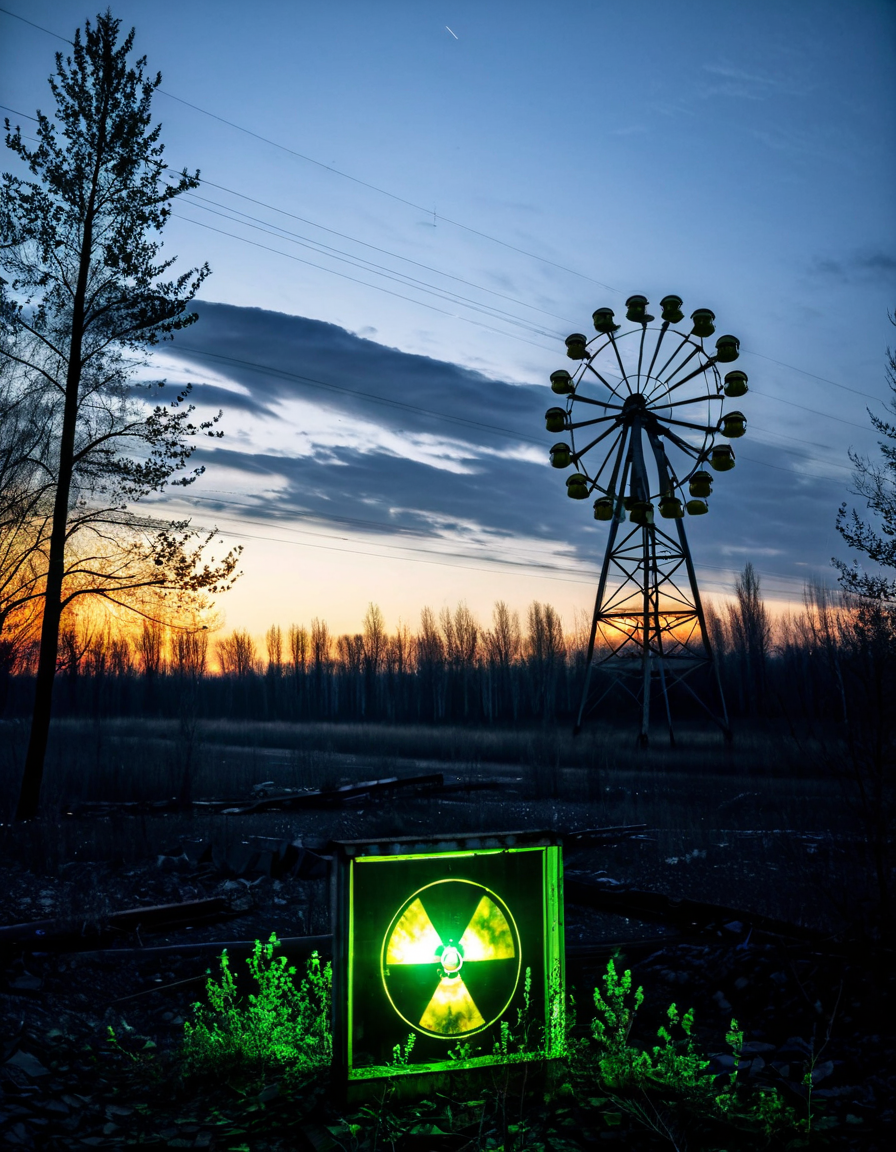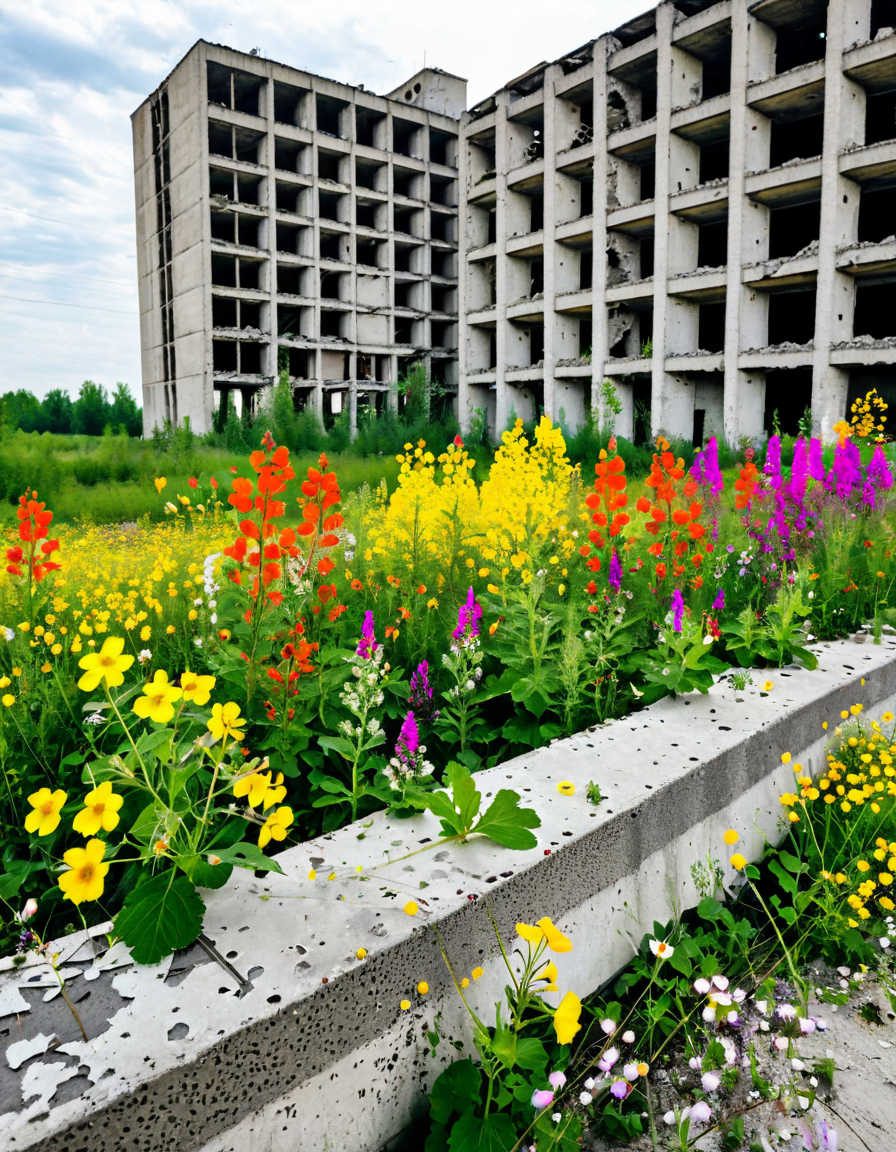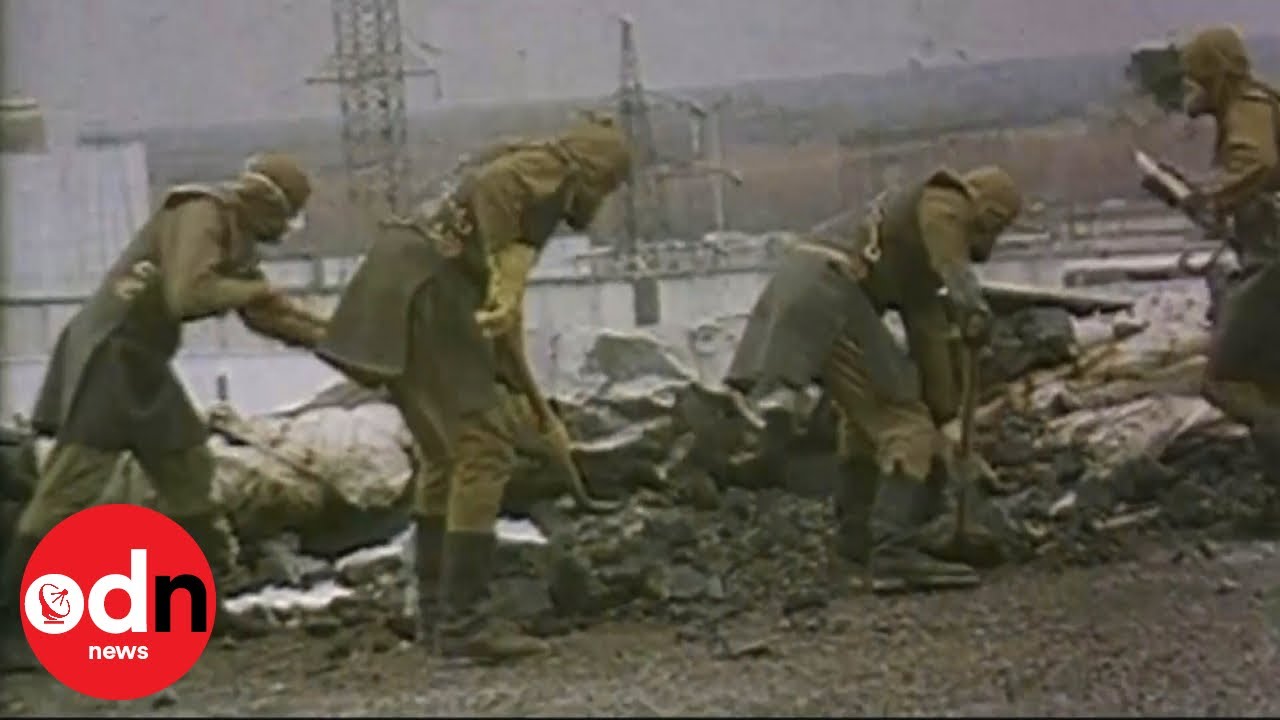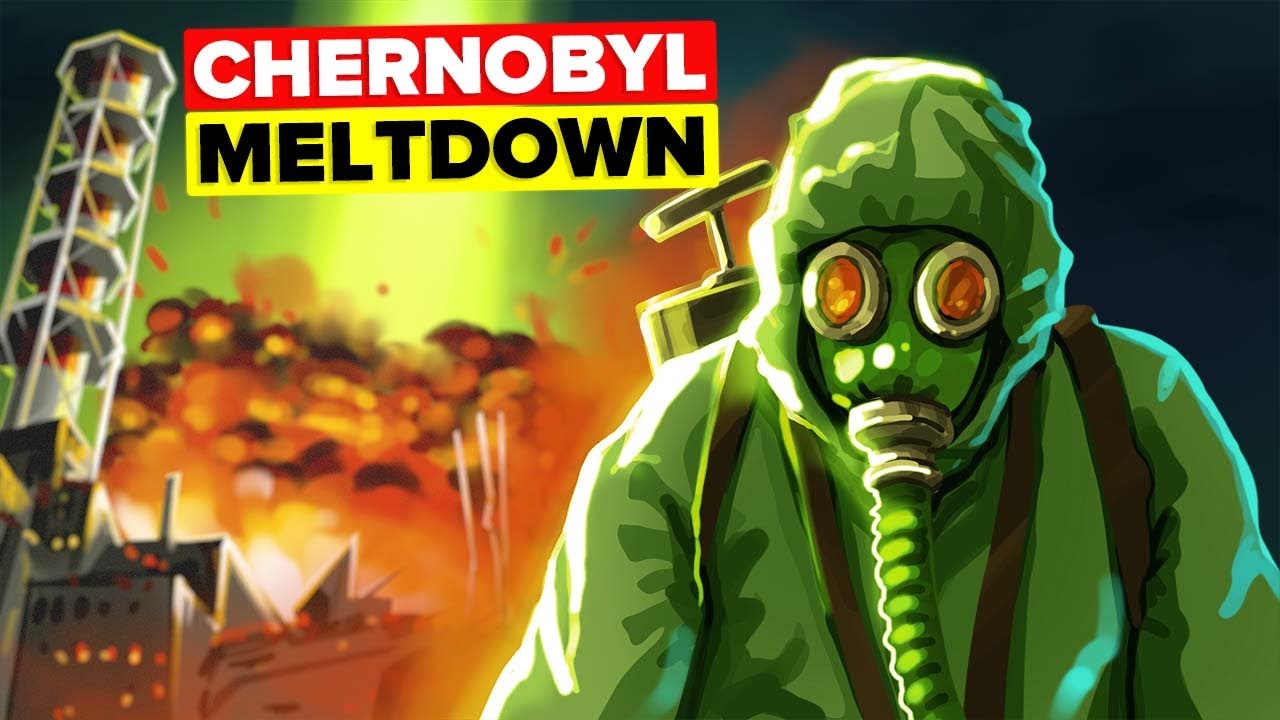The chilling echoes of the Chernobyl disaster still ripple through history more than three decades later. On April 26, 1986, a reactor at the Chernobyl Nuclear Power Plant in Ukraine suffered a catastrophic explosion, releasing a massive plume of radioactive particles into the air. This wasn’t just a local issue; it impacted populations and ecosystems far and wide. As movie buffs and fans of cinematic storytelling, we often find ourselves fascinated by how real events influence film, art, and culture. So, let’s jump into the horrors of Chernobyl and explore its immense consequences—both in reality and in the creative fabric of our society.
1. The Chernobyl Disaster: Unpacking the Incident’s Immediate Impact
1.1 Human Cost and Evacuations
The Chernobyl disaster forced the rapid evacuation of over 120,000 people from Pripyat, a nearby city that had thrived on the energy from the plant. Imagine being told you have just minutes to pack your life away! This frantic departure stripped families of their homes, memories, and communities. Personal accounts show the anguish felt by those who left their beloved city without knowing if they’d ever return. Many residents faced devastating health repercussions, like increased rates of thyroid cancer and psychological trauma.
1.2 Environmental Consequences
The fallout from Chernobyl effectively transformed parts of Ukraine into no-go zones, and the environmental consequences are still unfolding. For example, the Chernobyl Exclusion Zone has become an unexpected case study where nature has overstepped its human boundaries. Wildlife is thriving, and beset by eerie emptiness, these regions can now be home to species long thought absent from urban spaces. This paradoxical moment in ecology is explored in countless documentaries, turning Chernobyl into an environmental narrative of resilience.
1.3 Political Implications and Global Governance
Globally, the Chernobyl disaster, with its undeniable implications, transformed how nations viewed safety in nuclear energy. In its aftermath, major changes occurred within organizations like the International Atomic Energy Agency (IAEA), leading to stricter nuclear safety standards and cooperation. The shock from Chernobyl compelled countries to rethink energy policies and place a stronger emphasis on risk mitigation and public health safety. As movie lovers, we analyze how these themes of power, fear, and hope often find a way into our cinema, just as they shaped global governance.

2. Reflections on Responses: How Chernobyl Influenced Global Perspectives on Nuclear Energy
Post-Chernobyl, the world experienced seismic shifts in how nuclear energy was perceived. This led many countries, especially in Europe, to rethink their energy strategies and public sentiments about nuclear power.
2.1 Case Study: Germany’s Anti-Nuclear Movement
Take Germany, for instance. The disaster spurred the country toward its Energiewende, a pivotal movement that aimed to phase out nuclear power entirely by 2022. This radical transition wasn’t a walk in the park; it reflected public sentiment against nuclear dangers, especially as the country embraced renewable energy sources. By examining this case, we see how Chernobyl prompted a cultural and political shift—one echoed in films showcasing environmental activism, like The Lego movie where layered storytelling leads us to consider the world we leave for future generations.
2.2 Influence on Pop Culture: Chernobyl in Media and Art
Chernobyl’s impact reaches far into the cultural zeitgeist with memorable portrayals in media. HBO’s acclaimed miniseries Chernobyl revived interest in the disaster by dramatizing the tragic events and personal stories of those affected. Meanwhile, various art installations across the globe reflect the haunting beauty of what has occurred, each echoing the disaster’s dire message. These representations shape our collective memory while recontextualizing a tragedy for narrative exploration in cinemas and beyond.
3. A Global Lens: The ‘Galatasaray’ of Nuclear Crises
When faced with nuclear accidents, the Chernobyl disaster stands proudly alongside other monumental events, earning the nickname the “Galatasaray” of nuclear crises due to its astonishing scale and sobering impact. Events like Fukushima in Japan (2011) and Three Mile Island (1979) highlight how various governments responded differently to crises, with Chernobyl serving as a stark lesson.
3.1 Learning from Chernobyl: Insights into Future Nuclear Technologies
What did we learn from Chernobyl? This cataclysm pushed the nuclear industry to embrace innovation. New technologies like Generation IV reactors promise unprecedented safety through automation and artificial intelligence. By learning from history, we can navigate the future of energy responsibly. These advancements craft a narrative that suggests we can reinvent nuclear energy while keeping Chernobyl’s lessons alive throughout our storytelling.
3.2 The Economic Fallout: Reassessing the Cost of Nuclear Energy
The economic consequences of the Chernobyl disaster are staggering, from healthcare costs that arose due to radiation exposure to monumental expenses needed to decommission reactors. A quantitative analysis reveals that while nuclear energy appears cheaper, the hidden costs of safety measures and crisis management are anything but insignificant. This exploration invites cinema fans to dive into business-driven narratives that reflect the intricate balance between economic growth and public safety, akin to themes found in blockbuster films like Thor: Ragnarok that balance humor with serious undertones.

Innovative Wrap-Up
The Chernobyl disaster, as haunting as it is instructive, showcases the fine line between progress and peril in nuclear technology. Each lesson urges us to think critically about our energy choices and the stories we tell. With ongoing debates regarding energy needs, we cannot ignore Chernobyl’s influence on policy, safety standards, and the resilience of nature. As global dialogues continue to expand, we discover new layers of responsibility in our cinematic explorations and the real world alike. So the next time you settle down for a binge of Koffee With Karan, remember that within the shadows of disaster, art, resilience, and new beginnings intertwine.
And speaking of intertwining stories, the intricate tapestry of cinema grows richer as we reflect on history’s lessons—letting fiction and reality inspire each other endlessly.
Chernobyl Disaster: Fun Trivia and Interesting Facts
The Catastrophe and Pop Culture
The Chernobyl disaster shook the world on April 26, 1986, but its echoes reach far beyond the realm of nuclear physics. This historical event has influenced everything from documentaries to movies, perhaps even the whimsical antics of Marvel’s comic universe. If you’ve ever marveled at the vibrant visuals of Thor: Ragnarok, you might find it intriguing that the fallout from Chernobyl changed how safety is viewed in high-stakes environments like film production. Just imagine the tension on set if actors had to worry about radiation levels instead of just their performances!
Environmental Consequences
After the explosion, an unexpected transformation occurred in the Exclusion Zone. Nature reclaimed its territory, and a unique ecosystem developed. It’s fascinating to note that the Chernobyl Exclusion Zone now teems with wildlife, including wolves, wild boar, and even endangered species. As well, music can evoke powerful emotions, much like Lana Del Rey’s haunting melodies, which often touch on themes of loss and tragedy. The feelings surrounding the Chernobyl disaster resonate in the same way, sparking artistic expressions that strive to capture the impact of what has become an official ghost town.
The Human Element
Amid the havoc, some individuals stepped up heroically. Firefighters and plant workers faced severe risks, knowing they were headed towards a deadly situation. Their stories parallel those of unlikely heroes in film, similar to the cast of Black-ish, who reflect the diverse experiences within a community. Interestingly, the aftermath prompted changes that seeded new energy policies worldwide. This scrutiny is reminiscent of public discourse surrounding modern issues such as the Biden student loan plan, where people seek accountability and change in the light of past mistakes.
In short, the Chernobyl disaster is a treasure trove of rich stories, consequences, and lessons learned. From its cultural impacts to its lingering effects on our environment and society, this event is far from just a chapter in history—it’s an ongoing saga that continues to resonate.








